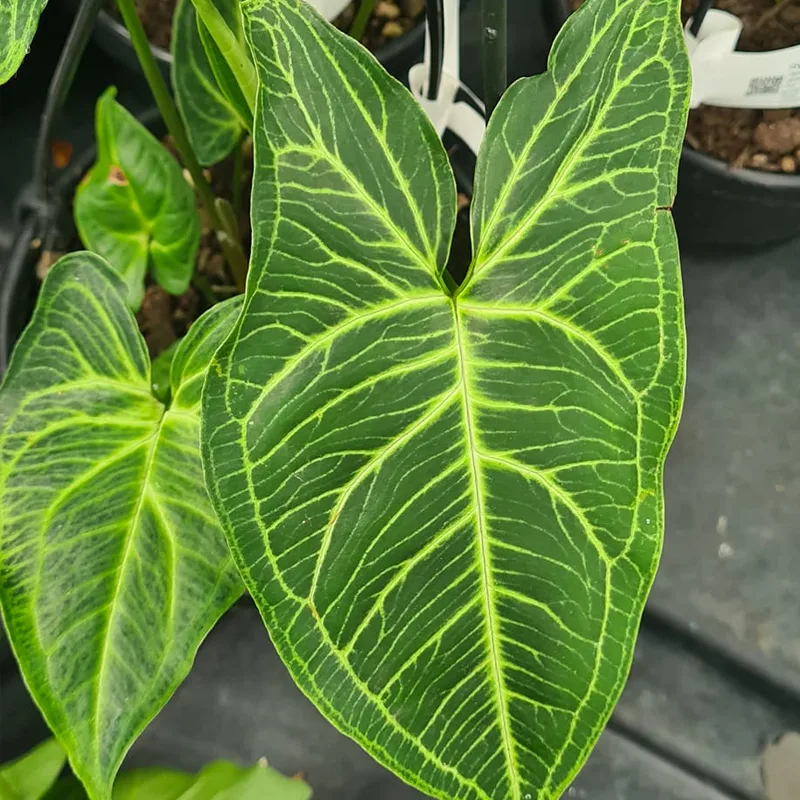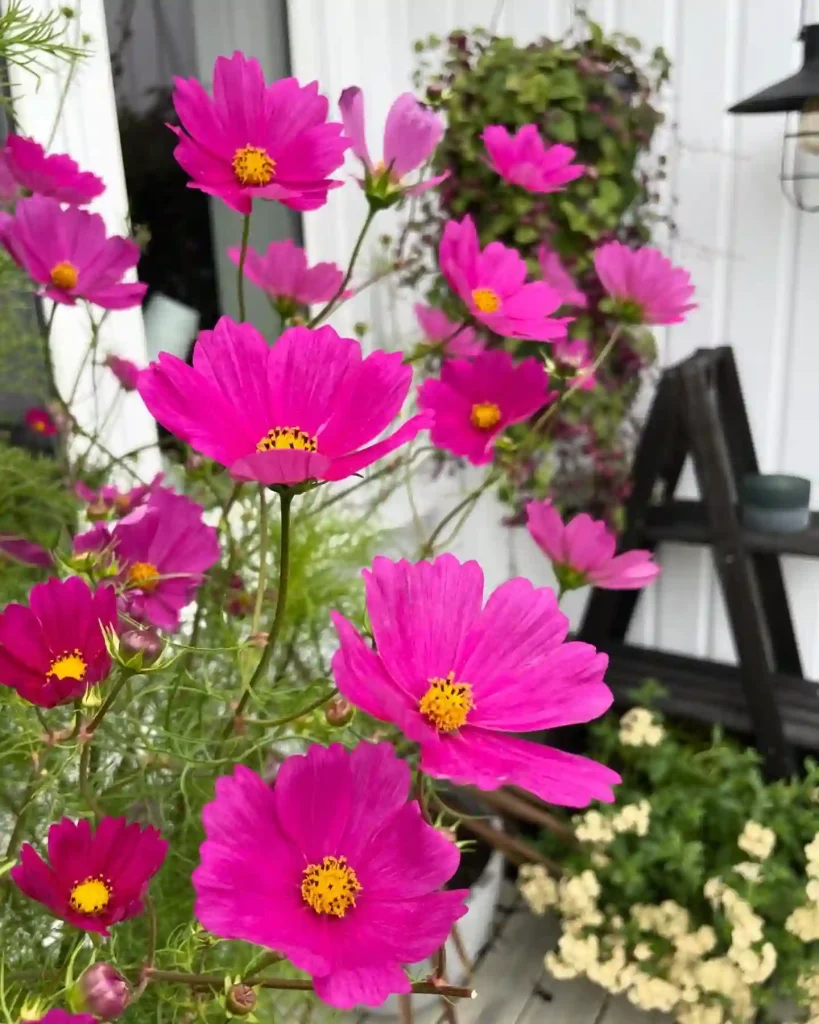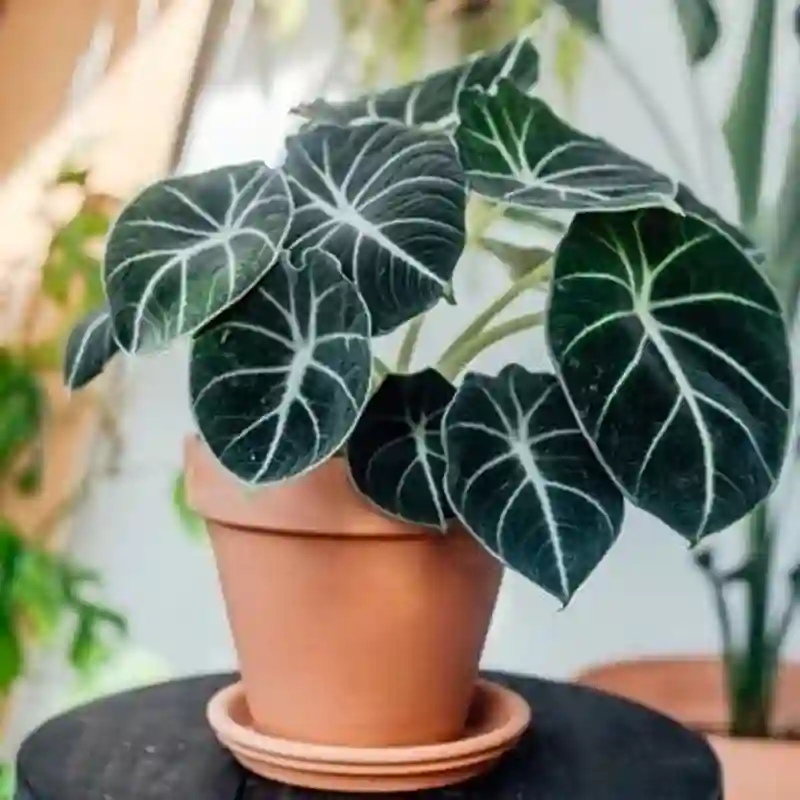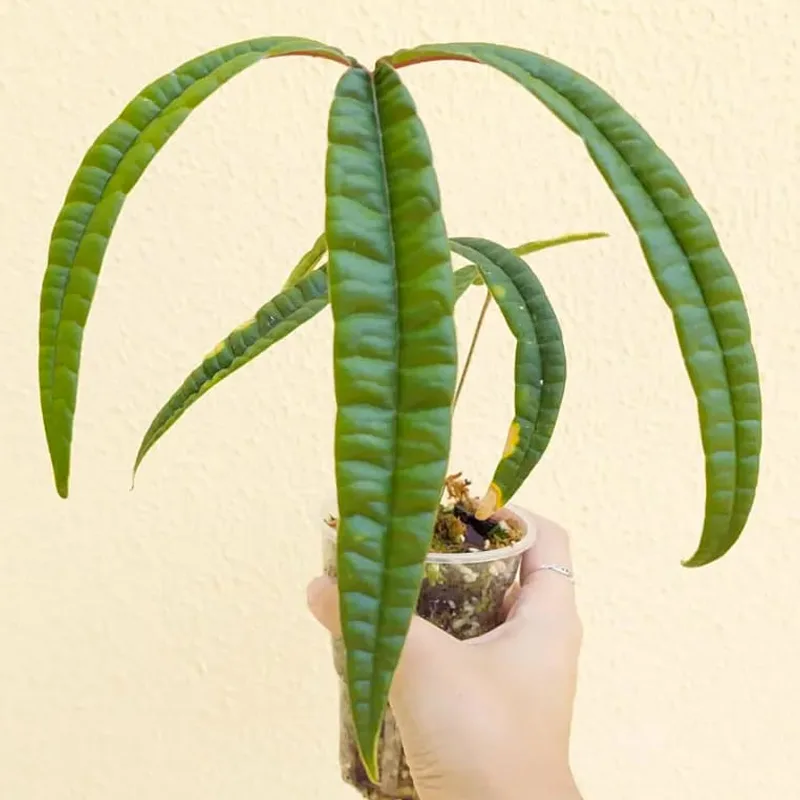
Asplenium Antiquum: Unveiling the Beauty of the Bird’s Nest Fern
Hello, plant enthusiasts! I’m Ferb Vu, and today, we’re diving into the world of Asplenium Antiquum, a captivating fern known for its stunning, architectural form. Often called the Bird’s Nest Fern, this beauty boasts lush green fronds that unfurl from a central rosette, resembling a feathery nest.
908 Species in Genus Asplenium
Asplenium Antiquum vs Nidus
I’ve had both Asplenium Antiquum and Nidus ferns in my collection. The Asplenium Antiquum, or bird’s nest fern, has this elegant, wavy structure that reminds me of a nest, and its glossy leaves add a lush feel to any room. On the other hand, the Nidus fern, with its broader, more open fronds, gives a tropical vibe, making it feel like a slice of jungle in my living space. Each has its charm, but I find myself drawn more to the Asplenium for its unique shape and striking appearance.
Where Does the Bird’s Nest Fern Come From?
The Asplenium Antiquum hails from East Asia, specifically China, Japan, Korea, and Taiwan. In its natural habitat, it thrives in damp forests, clinging to tree trunks, rocks, and cliffs near waterfalls. This epiphytic nature – the ability to grow on other plants without being parasitic – makes it a fascinating addition to any indoor jungle.
How Big Does the Bird’s Nest Fern Get?
While not a fast grower, the Asplenium Antiquum can reach a mature size of 2-3 feet (60-90 cm) in height with a spread of 1-2.5 feet (30-80 cm). Its graceful, arching fronds boast a vibrant green color and a pointed tip, adding a touch of elegance to your space.
How Do I Care for My Asplenium Antiquum?
Here are some key things to remember to keep your Bird’s Nest Fern thriving:
- Light: This fern prefers bright, indirect light. Avoid harsh midday sun, which can scorch the fronds. A north or east-facing window is ideal.
- Watering: Keep the soil consistently moist, but not soggy. Allow the top inch of soil to dry slightly between waterings. Rainwater or filtered water is best, as tap water can cause mineral build-up.
- Humidity: As a tropical native, the Asplenium Antiquum enjoys high humidity levels (around 70%). Grouping it with other humidity-loving plants or using a pebble tray filled with water can help create a more humid microclimate.
- Temperature: Aim for warm temperatures between 65-80°F (18-27°C). Avoid sudden temperature fluctuations and cold drafts.
- Soil: A well-draining, loose potting mix is essential. Opt for a peat-based fern mix or create your own by combining potting soil, perlite, and orchid bark.
Is the Bird’s Nest Fern Easy to Grow?
The Asplenium Antiquum isn’t the most challenging fern, but it does require consistent care, especially regarding humidity. If you can provide the right environment and follow these basic guidelines, you’ll be rewarded with a healthy, lush fern that adds a touch of the tropics to your home.
Can I Propagate My Bird’s Nest Fern?
Absolutely! There are two main methods for propagating your Asplenium Antiquum:
- Spores: This method requires patience and sterile conditions, so it’s best suited for experienced plant propagators.
- Division: For a more beginner-friendly approach, you can divide a mature fern with multiple crowns into smaller plants during repotting.
What are Some Common Problems with the Bird’s Nest Fern?
- Brown fronds: This can be caused by underwatering, overwatering, or exposure to harsh sunlight.
- Yellowing fronds: Older fronds naturally yellow and die off. Simply remove them to maintain a neat appearance. However, excessive yellowing could indicate nutrient deficiency or incorrect soil moisture.
- Pests: Mealybugs and scale can occasionally attack your fern. Treat them with insecticidal soap or neem oil solution.
By keeping an eye on your Bird’s Nest Fern and addressing any issues promptly, you can ensure it thrives for years to come.
Asplenium Antiquum: A Perfect Addition to Your Indoor Oasis
With its lush foliage and architectural form, the Asplenium Antiquum is a captivating addition to any indoor space. Whether displayed on its own or nestled amongst other greenery, this fern brings a touch of the natural world indoors. So, if you’re looking for a low-maintenance yet elegant plant that purifies the air and adds a touch of serenity to your surroundings, the Asplenium Antiquum is a perfect choice. Just remember, with a little TLC (tender loving care) and these handy tips, you can create a thriving haven for this captivating Bird’s Nest Fern in your own home.
If i die, water my plants!



